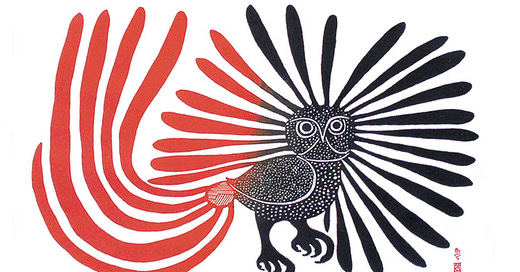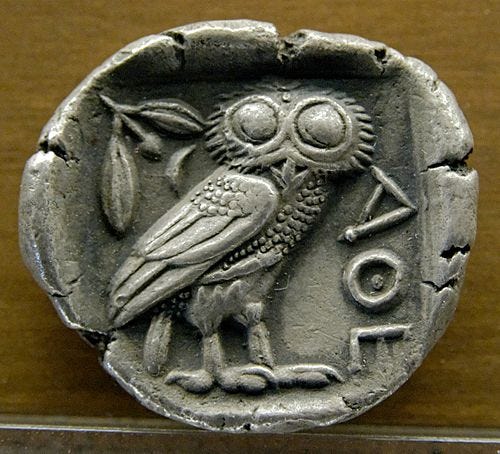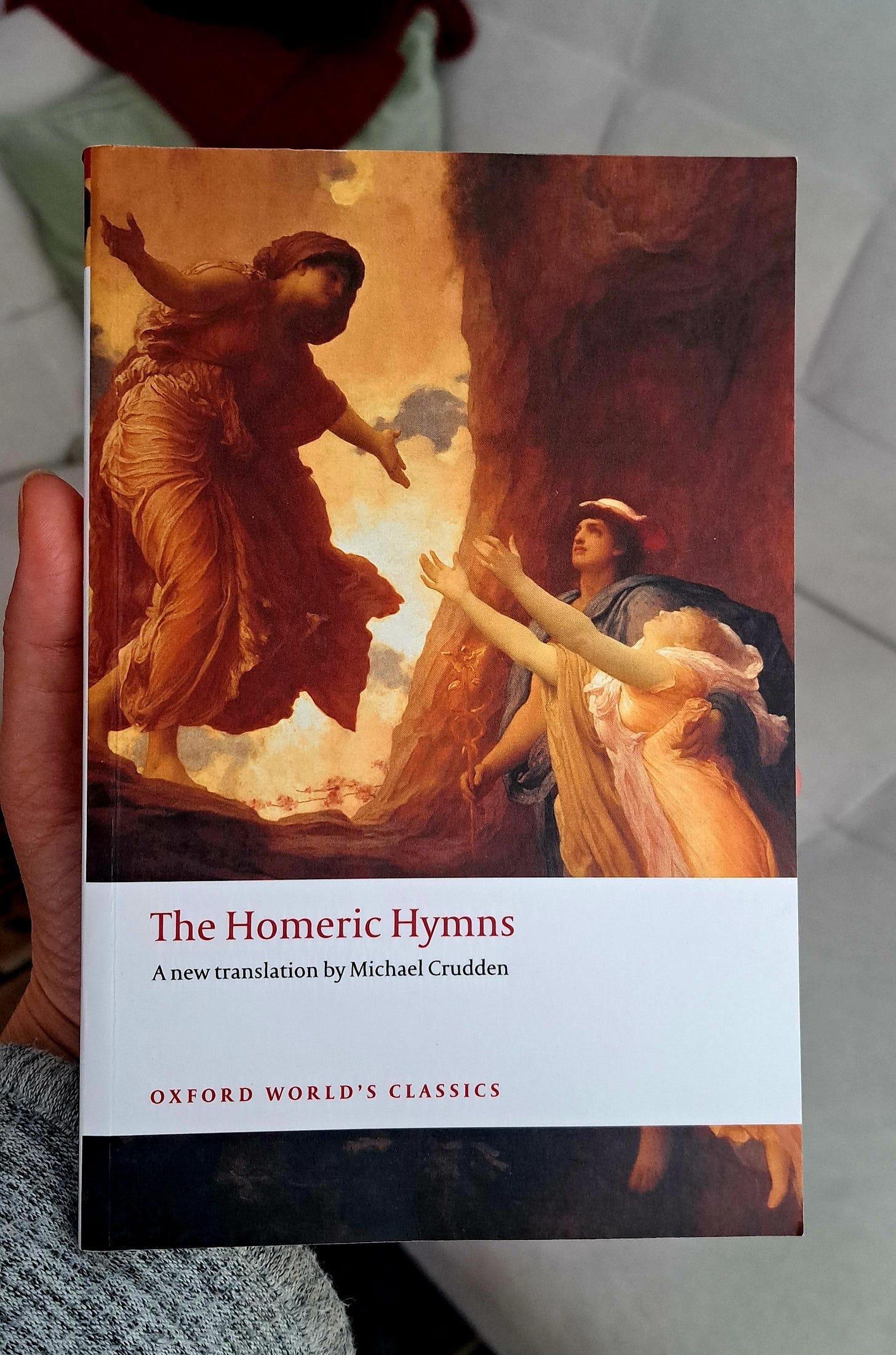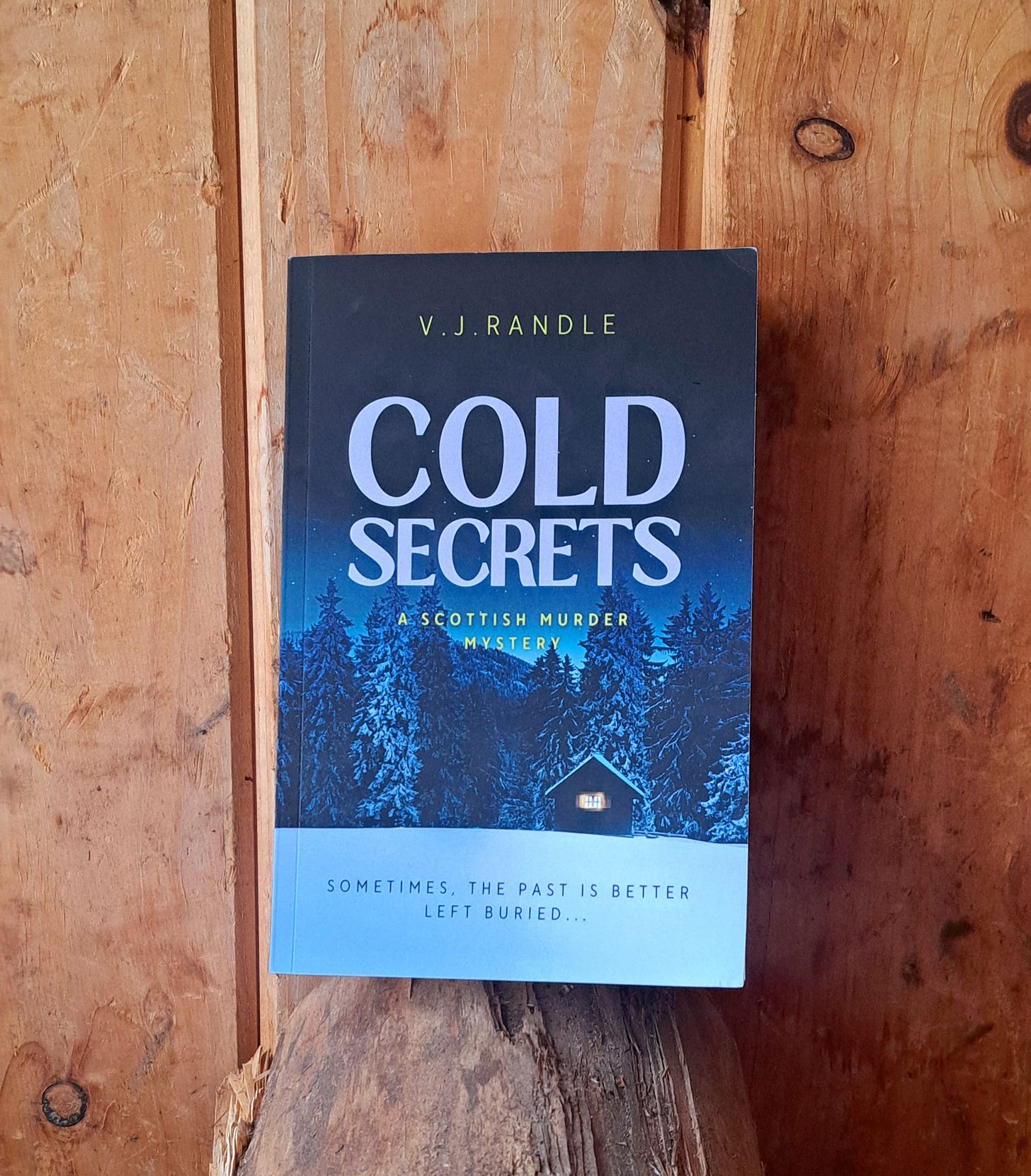Wise, funny, kind, sinister, spiritual – whichever guise your owl chooses – I’d suggest keeping it around. As the nights and moods darken, it’s good to have a shining pair of eyes keeping watch.
Hello! The eagle-eyed (or should I say owl-eyed?) among you may have noticed an absent Myriatid edition last week. I apologise – I was jet lagged from my trip to the UK and focusing my efforts on the release of my book!
Now, I’m back in Canada and have spent the week thinking about owls. Partly, this is due to my writing companions, pictured below. I’m writing a new book, and Parthenos and Polias are my trusty onlookers in all literary endeavours (both are named after two of the goddess Athena’s epithets: parthenos (the maiden) and polias (the city).
This isn’t the only reason a chorus of twit-a-twoos has sounded for me, though. Owl figurines cropped up in my pottery class last Tuesday and, very recently, my brother had an image of a barn owl tattooed onto his arm.
Of all the symbolic birds (eagles surely being the most fearsome?) owls command a particular sort of comfort and wisdom. Their wide, circular eyes have cast inspiration for beliefs ancient and modern. Another epithet of Athena is glaukopi, meaning bright-eyed or owl-faced.
The “glaux” species of owl was often depicted as resting on her shoulder and it still flies between the columns on the Acropolis today. The ancients believed it was only able to see in the dark due to a special light that shone from within.
Raw owl eggs appear in early English folk cures as protection against drunkenness; grind them up into a powder, and you have a cure for blindness.
In what must be the most famous example of Canadian art, The Enchanted Owl by Kenojuak Ashevak (1960) captivated so many that it eventually appeared on a postage stamp in 1970. Today, it still stands, its gaze as an epitome of hope, support and light.
“I like to make people happy and everything happy. I am the light of happiness and I am a dancing owl.” (Kenojuak Ashevak)
There’s also a pleasing air of ridiculousness to these birds. Their cartoonish 180 degree turn of the head, their flat face (in some Inuit cultures, it’s believed that the Short-Eared Owl used to be a young girl who was transformed into an owl with a long beak. One day she became frightened and flew into the side of a house – flattening her profile).
In many belief systems, owls are bringers or stewards of death. They are sometimes the souls of the dead, therefore sacred.
Wise, funny, kind, sinister, spiritual – whichever guise your owl chooses – I’d suggest keeping it around. As the nights and moods darken, it’s good to have a shining pair of eyes keeping watch.
Randle recommends
I’m re-reading the Homeric Hymns as research for the book I’m working on. Confusingly, these aren’t actually by Homer. Written as a series of prayers or incantations, they are songs for the gods that provide a wonderful (and very ancient) insight into how these deities were worshipped.
I will stop half-short of recommending my murder mystery Cold Secrets because too much self-promotion is not good for the soul. Plus, I have left all dignity at the door on my other social channels in this respect. However, if you do like the sound of a murder mystery set in Scotland (a delicious mix of Shetland and Agatha Christie), then it might be your thing.










During the summer, when we are sleeping with the windows open, I sometimes listen to the owls hooting. Often there are 2 or 3 at different distances, proclaiming their territory. At least I assume they are doing it for that reason and not just to scare the nightdarks out of small furry creatures.
I love Owls. I am a knight of the Ordo Aureum Noctuae, order of the golden owl. They are truly outstanding beings.